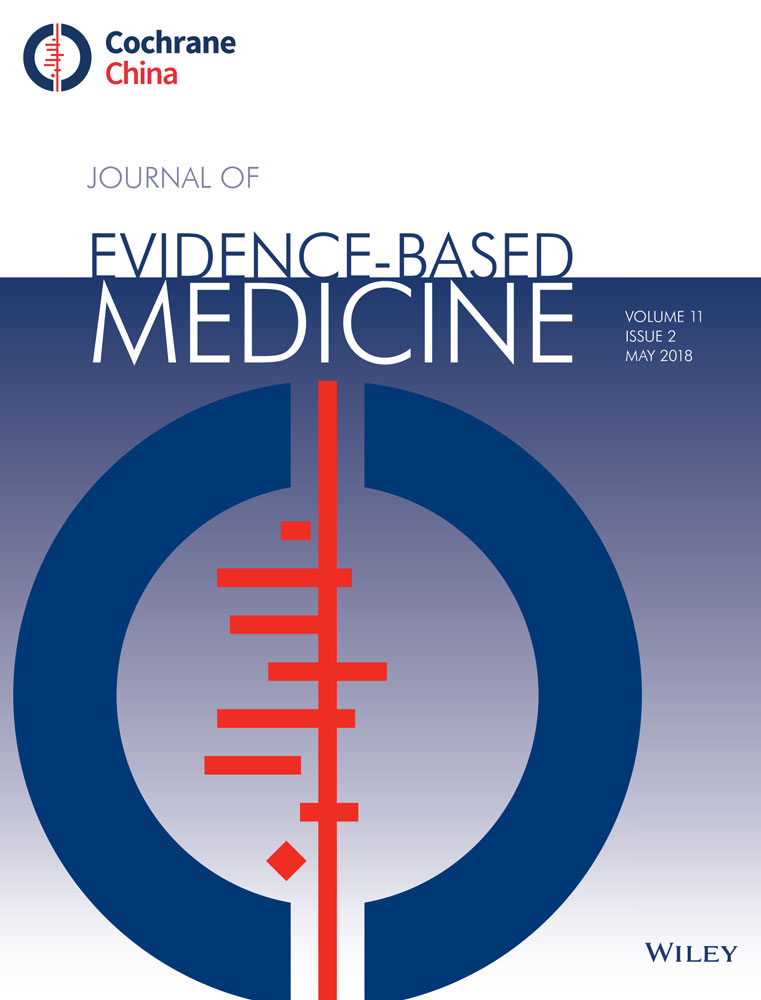Tutorial of the probabilistic methods Bayesian networks and influence diagrams applied to medicine
Abstract
Unpredictability arises in numerous real-world implementations especially in medical fields, being one of the principal subjects that expert systems have to deal with. Bayesian networks (BNs) allow constructing expert systems by utilizing likelihood as a measure of uncertainty. A BN is a statistical model that yields a graphical description of the probabilistic associations between a group of pertinent variables. Probabilistic reasoning involves computing the posterior probability of the unobserved variables given the accessible evidence, based on the application of the Bayes theorem. The principal benefit from BNs is that intricate relationships are decreased to simpler local dependencies. Graphical models utilization in health economics and medical decision-making has been supported lately. The non-existence of objective data frequently pressures the knowledge engineer to acquire the likelihoods from human experts’ estimations, which turns this task laborious. For this logic, a software explanation facility can help the expert and the knowledge engineer through this procedure. In order to depict graphically and approximate a decision problem, a BN can be extended with decision and utility nodes associated with the realization of the random variables. Such model is named influence diagram (ID). The main aim of this article is to present a tutorial of BNs and the decision-theoretic model's IDs applied to medicine, including an explanation of these methods through several theoretical examples and illustrations of studies in the medical literature.
CONFLICTS OF INTEREST
None.




